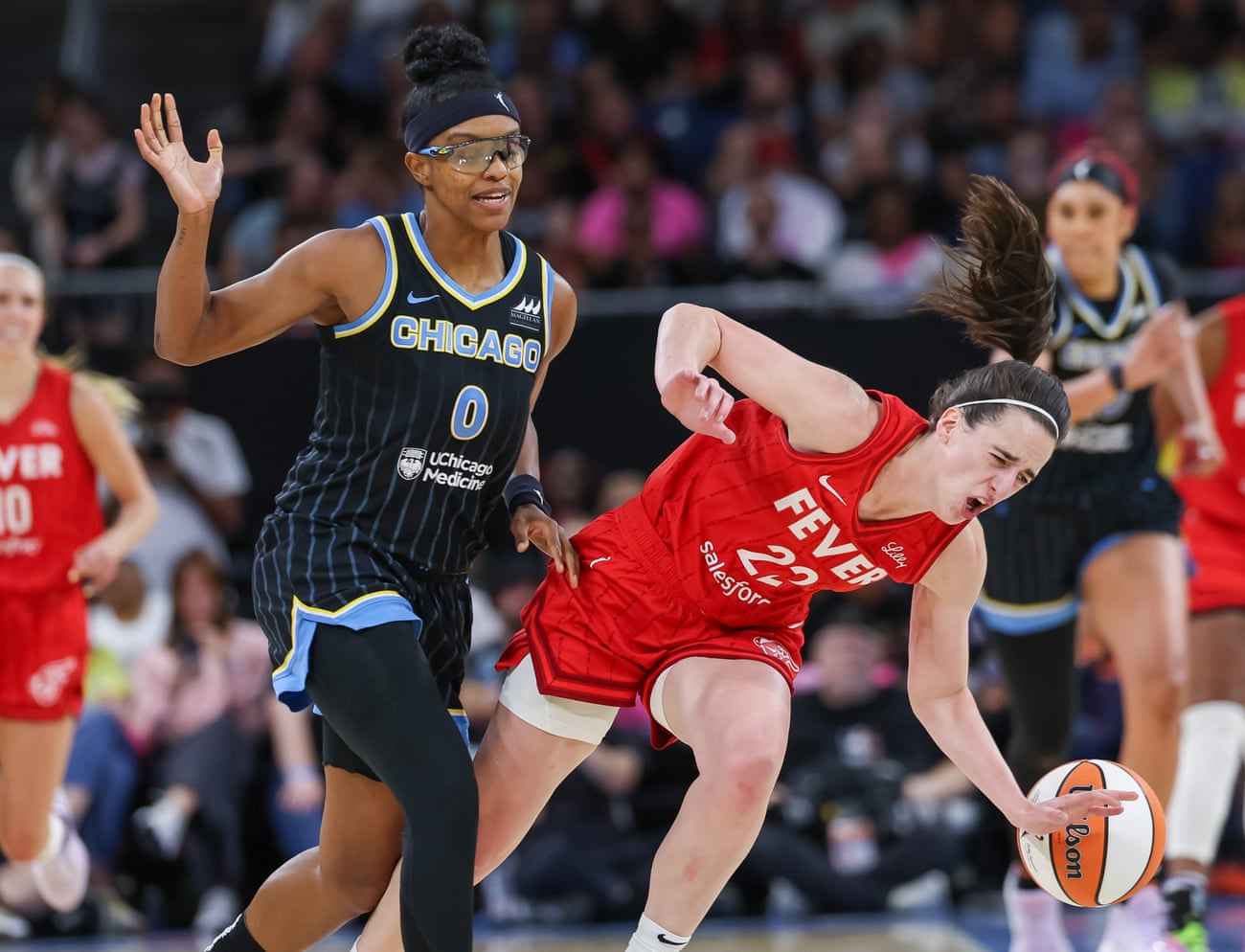
From bloodied noses to heated complaints about rough play, the WNBA’s physical style is under scrutiny this season. But players and historians argue the league’s toughness isn’t new, we’re simply paying more attention now.
Last July, Las Vegas Aces star A’ja Wilson took an elbow to the face from Seattle’s Nneka Ogwumike that left her nose bleeding profusely. Wilson later joked she’d “never seen so much of [her] own blood,” yet still dominated with 24 points and 20 rebounds. Similarly, when rookie sensation Caitlin Clark entered the league last season, veterans immediately tested her with hard fouls and physical play, a baptism by fire that Clark absorbed without protest (though her fans voiced plenty).
These moments resurfaced when Kelsey Plum recently criticized officiating after her team’s loss, frustrated by uncalled contact: “I get scratches on my face and body every game, while guards get ticky-tack fouls.” Plum’s complaint reflects a growing debate: Is the WNBA excessively physical, or is this just how elite women’s basketball has always been played?
The WNBA’s Physical Legacy
“Physicality has always been a WNBA thing. It’s a sports thing! It’s been part of women’s basketball since the beginning,” says Jordan Robinson, host of The Women’s Hoop Show and a historian of the game. The first recorded women’s basketball game in 1892 was notably aggressive, challenging societal expectations of femininity. Early rules even restricted movement, dividing courts into zones and limiting dribbles out of fear players would exhaust themselves.
Longtime WNBA reporter Howard Megdal argues that physical play is inseparable from the league’s appeal: “This is a league of skill, strength, and speed—that’s what makes it amazing.” Diana Taurasi, a 20-year veteran, recently noted that today’s game is actually less physical than in past eras, attributing the increased scrutiny to more fans watching.
The Evolution of Toughness
The WNBA’s early years were famously rugged. Hall of Famer Sheryl Swoopes, playing in 2006, acknowledged the same officiating dilemmas plaguing today’s league: “People complain if it’s too physical, but they also complain if refs call every little foul.” Former players like Tina Thompson recall Dawn Staley (now South Carolina’s coach) thriving despite her 5’6″ frame through sheer tenacity.
If anything, modern player safety rules have softened the game. As Robinson notes, today’s athletes aren’t asking for less contact; they want consistent officiating: “They’re saying, ‘There are rules so I don’t get hurt, but I’ll still bulldoze through you if needed.'”
Time to Embrace the Game as It Is
The debate overlooks a simple truth: physicality defines elite sports. From soccer (where Abby Wambach once finished a game with a stapled head wound) to gymnastics (see Kerri Strug’s iconic vault on a broken ankle), women’s athletics demand toughness. The WNBA’s intensity isn’t new it’s just finally getting the attention it deserves.
Perhaps, in 2025, we can stop handwringing and appreciate women’s basketball for what it is: a thrilling, unapologetically physical competition where athletes play as hard as their male counterparts. The scratches and bruises aren’t flaws; they’re proof of the league’s competitive fire.


Leave a Reply